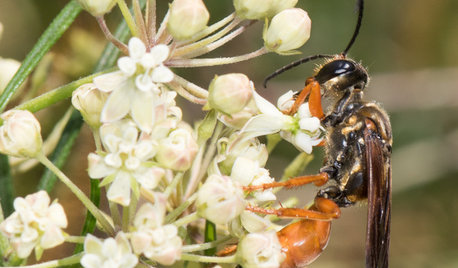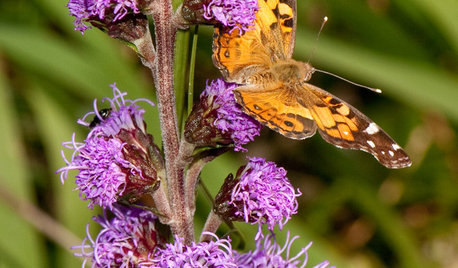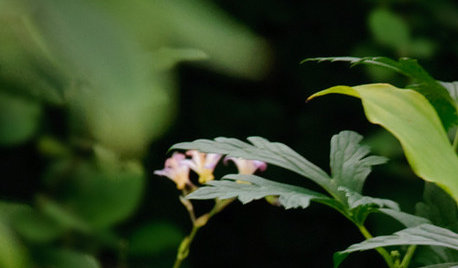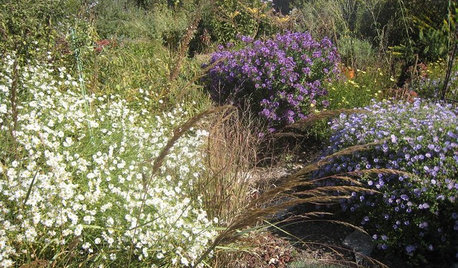Tracing the Monarch Migration.
mcronin
15 years ago
Related Stories

FALL GARDENINGWhat Monarch Butterflies Taught Me About Garden Design
Thinking like a butterfly leads to fresh perspectives in the garden and in life
Full Story
GARDENING FOR BUTTERFLIESBe a Butterfly Savior — Garden for the Monarchs
Keep hope, beauty and kindness alive in the landscape by providing a refuge for these threatened enchanters
Full Story
CALIFORNIA NATIVE PLANTSGreat Design Plant: Asclepias Is Attractive to Monarch Butterflies
Increase monarch butterfly populations in California by planting stunning native milkweeds
Full Story
GARDENING GUIDESGreat Design Plant: Asclepias Incarnata for a Butterfly Garden
Beautiful swamp milkweed makes it easy to help monarchs and other pollinators in eastern U.S. gardens
Full Story
GARDENING GUIDESGreat Design Plant: Asclepias Verticillata
Plant whorled milkweed in dry central and eastern U.S. gardens to attract monarch butterflies and other insect pollinators
Full Story
GARDENING GUIDESAmerican Lady Butterflies Add Delight to Summer Gardens
Provide native nectar and larval host plants to welcome these migratory butterflies
Full Story
GARDENING GUIDESGreat Lakes Gardener's September Checklist
Watching wildlife, gathering leaves and watching a rainbow of roses and asters are high priorities in Great Lakes gardens this month
Full Story0

GARDENING GUIDESCentral Plains Gardener's September Checklist
This month, go easy on the deadheading, savor the beauty of sunflowers and look ahead to next year's garden
Full Story
GARDENING GUIDESGreat Design Plant: Milkweed
Quit cringing. This not-weed plant is a sight to behold in the garden, has a delicious vanilla scent and is a magnet for butterflies
Full Story
GARDENING GUIDESHow I Learned to Be an Imperfect Gardener
Letting go can lead to a deeper level of gardening and a richer relationship with the landscape. Here's how one nature lover did it
Full StoryMore Discussions




mcroninOriginal Author
DYH
Related Discussions
Monarch fall migration
Q
Looking forward to migration
Q
Tropical Milkweed: To Plant it or Not
Q
How Does the Monarch Migration Work?
Q
tiffy_z5_6_can
linda_centralokzn6
linda_centralokzn6
jrcagle
linda_centralokzn6
jrcagle
mcroninOriginal Author
mcroninOriginal Author
mcroninOriginal Author
gcertain
linda_centralokzn6
mcroninOriginal Author
gcertain
bernergrrl
mcroninOriginal Author
mcroninOriginal Author
mcroninOriginal Author
gcertain
butterflymomok
bernergrrl
susanlynne48
gcertain
emmayct
linda_centralokzn6
mcroninOriginal Author
linda_centralokzn6
susanlynne48
emmayct
butterflymomok
mcroninOriginal Author
tdogmom
susanlynne48
emmayct
gcertain
mcroninOriginal Author
emmayct
gcertain
mcroninOriginal Author
irislover_nc
emmayct
linda_centralokzn6
butterflymomok
bayoubutterfly
gcertain
mcroninOriginal Author
bayoubutterfly
emmayct
mcroninOriginal Author